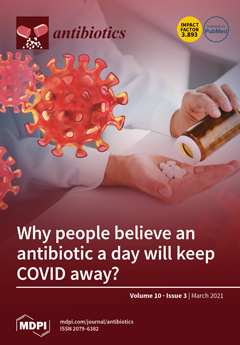In
Streptomyces, antibiotic biosynthesis is triggered in phosphate limitation that is usually correlated with energetic stress. Polyphosphates constitute an important reservoir of phosphate and energy and a better understanding of their role in the regulation of antibiotic biosynthesis is of crucial importance. We previously characterized a gene,
SLI_4384/ppk, encoding a polyphosphate kinase, whose disruption greatly enhanced the weak antibiotic production of
Streptomyces lividans. In the condition of energetic stress, Ppk utilizes polyP as phosphate and energy donor, to generate ATP from ADP. In this paper, we established that
ppk is co-transcribed with its two downstream genes,
SLI_4383, encoding a phosin called PptA possessing a CHAD domain constituting a polyphosphate binding module and
SLI_4382 encoding a nudix hydrolase. The expression of the
ppk/pptA/SLI_4382 operon was shown to be under the positive control of the two-component system PhoR/PhoP and thus mainly expressed in condition of phosphate limitation. However,
pptA and SLI_4382 can also be transcribed alone from their own promoter. The deletion of
pptA resulted into earlier and stronger actinorhodin production and lower lipid content than the disruption of
ppk, whereas the deletion of
SLI_4382 had no obvious phenotypical consequences. The disruption of
ppk was shown to have a polar effect on the expression of
pptA, suggesting that the phenotype of the
ppk mutant might be linked, at least in part, to the weak expression of
pptA in this strain. Interestingly, the expression of
phoR/phoP and that of the genes of the
pho regulon involved in phosphate supply or saving were strongly up-regulated in
pptA and
ppk mutants, revealing that both mutants suffer from phosphate stress. Considering the presence of a polyphosphate binding module in PptA, but absence of similarities between PptA and known exo-polyphosphatases, we proposed that PptA constitutes an accessory factor for exopolyphosphatases or general phosphatases involved in the degradation of polyphosphates into phosphate.
Full article






